(Vietnam Logistics Review) Industry 4.0 has been widely mentioned worldwide, but its content seems to be rather strange to many Vietnamese people. If it is not soon be recognized and adapted to the development of the revolution right from the year of 2017, it is possible that Vietnam will miss the boat.
Identifying industry 4.0
There have been several industry revolution that happened in the development of mankind. The first industry revolution started at the end of the 18th century with the inventions of steam engine and then, internal combustion engine. It marked a new era of mechanical production and trade development. The second industry revolution happened at the beginning of the 20th century with the inventions of electric generator, light bulb, electric engine that opened a new era of using electricity. The third industry revolution happened at the decades of 1960 - 1990 with the inventions of semi-conductors, electronic devices, computer and Internet, providing abilities of communication, observation and production adjustments.
The fast-growing and comprehensive development of digital industry, especially the fact that network systems become popular, has integrated both functions and the scope of application, changing deeply social-economic life worldwide. This is the beginning of Industry 4.0 - the fourth industry revolution.
 | McDonald’s announced to build 25,000 factories operated by robot last year. In May, 2016 Foxconn announced to cut 60,000 workers and to be replaced by robots. In November, 2015 British Bank gave a more fearsome announcement that there will be 95m traditional labors who will lose their jobs in 10 - 20 years in the U.S and the U.K, equally to 50% of their labor force. |  |
According to Prof. Klaus Schwab, Chairman of World Economic Forum - Author of “Industry 4.0”, the revolution has comprehensive changes compared to other previous revolutions. It is the trend of combining virtual system and objects, Internet of Things (IoT) and Internet of System (IoS). Typical feature of Industry 4.0 is Cyber Physical Systems (CPS), in which “intelligent products” with chips inform machines how they can be handled, processes can self-control in an hierarchy module system, intelligent devices work with each other through wireless network or “cloud”. In short, a prospect of intelligent factories connected by the Internet and by a system that can figure out production process and make decisions does not seem to be a very-far future.
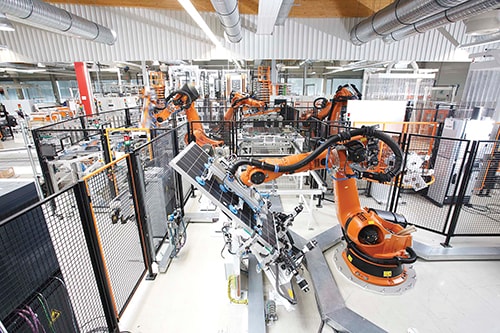
Industry 4.0 in the land where new technologies derive: nanotechnology, 3D printing, molecular biology technology, gene technology, artificial intelligence technology, IoT… These technologies have potentials of connecting billions of people worldwide, of increasing activity efficiencies and restoring natural resources damaged by previous
revolutions. Therefore, they have great impacts to all rules, economies, industries and even our ideas about human’s roles.
How has the world handled industry 4.0?
Industry 4.0 means more automated to production environments, more benefits to related sides, more various products at lower price. Digitalization, production and online services allow enterprises to provide customers new services and earn remarkable money. Enterprises now have chances of bringing production factories back to their home countries, taking back jobs from countries with low-paid workers as China (which is called “the world factory”). For example, the shoe makers Adidas, after two decades of not having any production in Germany for high-paid workers, is building a factory south of Germany with a labor force of mainly robots. Their competitor, Nike, is doing the same thing in Atlanta (the U.S). It is also the reason that Industry 4.0 is being paid attention by Western governments, especially those of Germany’s, the U.S’s and the U.K’s Robot technology has been applied to various fields of life and production. Robot has replaced man in car assembly line, in different stage of medicine productions, in automated processes in factories and on the field as well, or in taking care of patients.
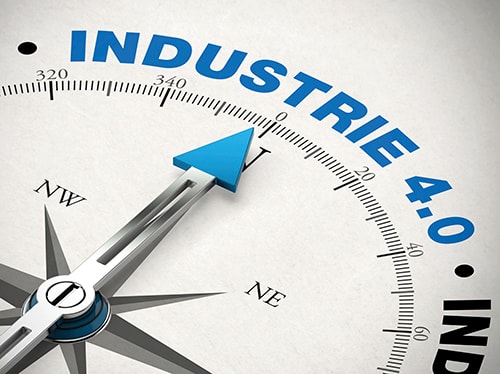
In the new world combining real and virtual spaces, people will get used to working with robots. Infineon Technologies in experiment lets men and robot together work in factories in Dresden (Germany) and in Villach (Austria). In BMW’s Spartanburg factory in South Carolina (the U.S) robots and men have worked with each other in assembly line.
Germany pays much attention to Industry 4.0 for the production sector is the spine of its economy. Enterprises as BMW - the car maker - and Infineon Technology, semi-conductor producer - are pushing up their investments in technology for the new revolution. Research by Strategy& and PwC on 235 industry enterprises in Germany in October 2014 showed that Industry 4.0 accounted for over 50% of investment capital for the plan of 2015- 2020, equally to EUR 40b pa. Also in the research, 85% of enterprises expect to carry out Industry 4.0 in their important stages in 2020.
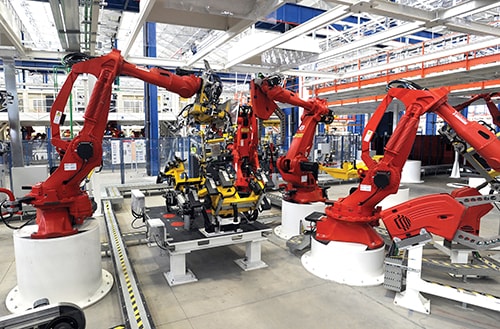
With the development of sensors and artificial intelligence, abilities of self-propelled devices are being improved fast. It is predicted that in the next 10 years, 10% of cars on the U.S’s road will be unmanned vehicles, 5% of consuming products will be produced by 3D printing and so will the first production of car by 3D printing.
Opportunities and challenges for Vietnam
It is not by chance that Industry 4.0 has been mentioned many times in the State’s documents and speeches by officials. It also took an important part in one of the six key duties of the sector of Industry and Commerce in 2017. Industry 4.0 is happening. Vietnam will “miss the boat” if they do not have any responses.
One of obvious results is the pressure on sectors which require the remarkable use of labors in Vietnam as textile and shoes. Automated production module and 3D printing can steal the advantages of Vietnam’s cheap laborers. Traditional import markets of these products as the U.S, EU, Japan, and Korea can open factories right at their countries with no worries of labor force as Adidas and Nike did. The problem of finding jobs for a large number of low-skilled workers will be a burden to the state’s economy. |
Vietnam’s industry development strategy in the past consecutive three decades: food- consuming goods - exported goods seems not to fit the situation of Industry 4.0. Some sectors relying on resources as oil, coal, thermal powers… lose their competition ability due to Industry 4.0 pressure. When robot and automated process take center stage, millions will be jobless, especially those in sectors of transport, logistics, accounting, realtors or insurance…
In fact, at the beginning of Industry 4.0, countries enjoy fair opportunities of approaching the revolution. A developing country as Vietnam can win the game by having researches, applications, or by attracting new technology, which helps to shorten the distance of development. Although Vietnam has average income, in some sectors, people are enjoying scientific achievements as using smart phones, connecting to the Internet.
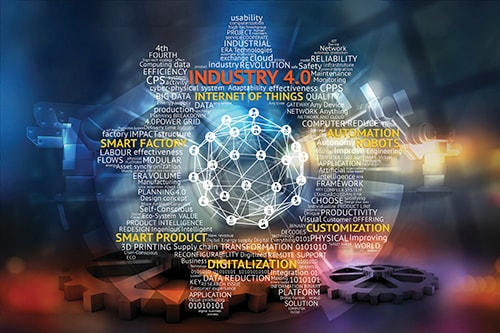
To catch the chain and adapt themselves to Industry 4.0 trend, the Government should design proper industrial target programs to accumulate new technologies, have policies based on new social-technological changes. In addition, vocational organizations and universities will have great difficulties in providing human resource to fast-changing labor markets if there is no chance in education approach. In the trend of Industrial, training organizations should have comprehensive change or they will be “outsiders” Local enterprises are standing in front of challenges. They have to adjust their products in accordance to consumers’ demands, integrate advanced technologies, refine the production progress, reduce time of delivery, shorten their product life and increase their competition ability. To develop, enterprise leaders should think different. They have to raise questions on anything, from their strategies, business models to decision to invest in human resource training or in research and evelopment.




.png)

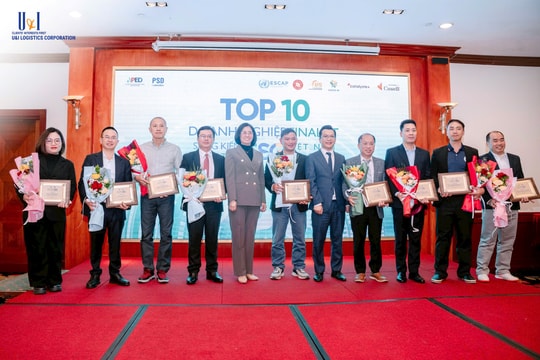
.png)
.png)

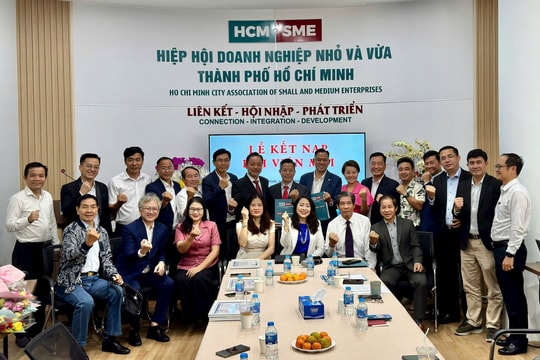
.png)
.png)


.png)